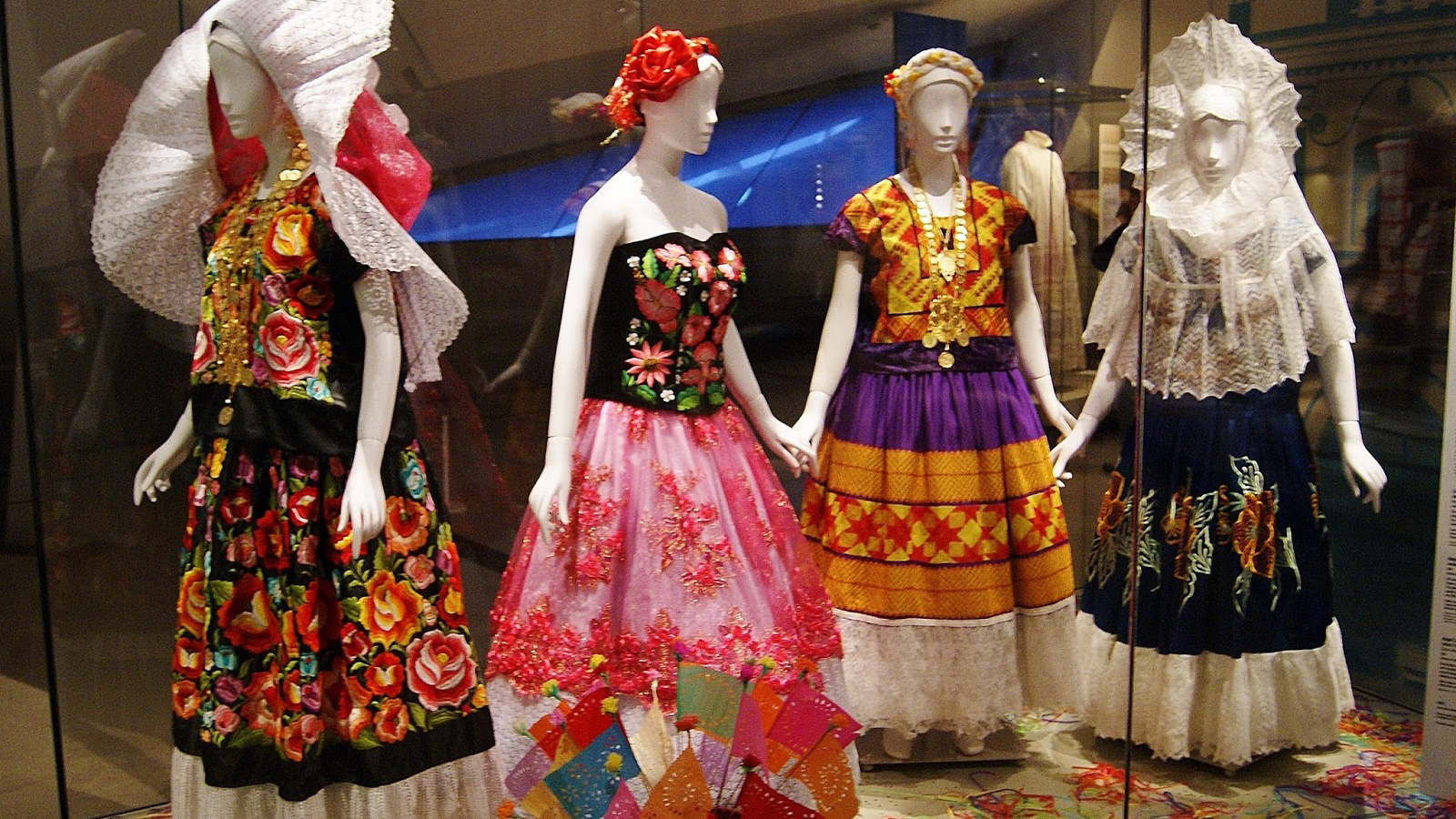The artisans of Chiapas and Guerrero are becoming empowered through their embroidery, which have been placed in international markets, said Ana Paula Fuentes, former director of the Textile Museum of Oaxaca and who works with two cooperatives of artisans. “El camino de los Altos”…







